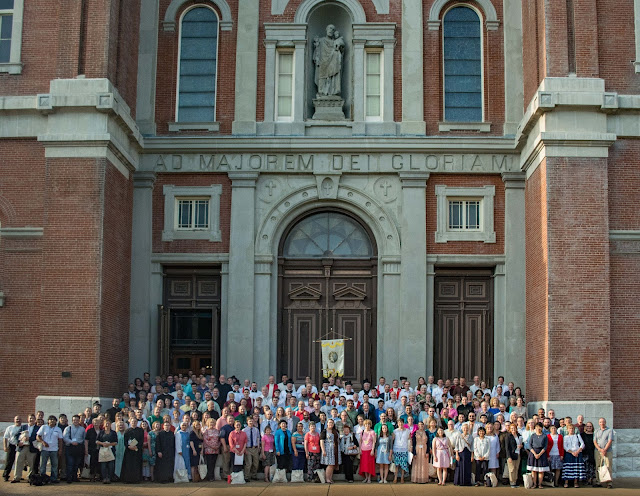Before I write about Wednesday, let me follow up with a little more information about events that took place on Tuesday:
Thanks to Joel Morehouse (of the Setnor School of Music, Syracuse) for posting additional photos of the Mass at St. John the Apostle Church (the pro-cathedral) at our sister site New Liturgical Movement, where Joel is also a contributor on parish music and liturgy.
At the CMAA members meeting on Tuesday, general manager Janet Gorbitz announced that the 2017 Sacred Music Colloquium will be held in St. Paul, Minnesota, from June 19 to 24, and one of the Masses will be offered at the historic St. Agnes Church in remembrance of Monsignor Richard Schuler, the long-time pastor and musician, co-founder of the CMAA, and editor of the journal Sacred Music.
In addition, Janet announced that registration is open for CMAA’s 2017 Winter Sacred Music event, to be held at the Cathedral of St. Paul in Birmingham, Alabama next January.
On Wednesday, Christ Church Episcopal Cathedral in St. Louis opened their doors and their organ loft to Prof. Ann Labounsky (Duquesne) who presented a breakout session on repertoire for pianists making the transition to the king of instruments:
And here is a view from the transept of Christ Church Cathedral:
At the end of the afternoon, Holy Mass at the Shrine of St. Joseph:
After Holy Mass, colloquium attendees came together in front of the Shrine for a group photo:
 |
| (Photo credits: Rene Zajner) |


















